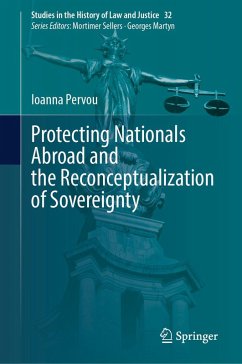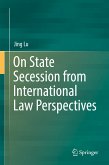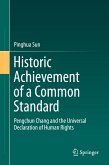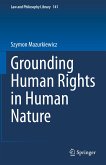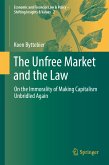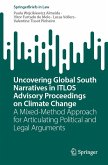Chapters 1 and 2 delve into the doctrine of protecting nationals abroad. More specifically, Chapter 1 examines how the doctrine was formulated and applied in the pre-Charter era and explores whether there was a customary rule permitting the use of force to protect a state's nationals abroad, while Chapter 2 offers an overview of the doctrinal debate which followed the United Nations Charter and the prohibition of the use of force. In turn, Chapters 3 and 4 take a closer look at state practice from 1945 onwards. Chapter 3 outlines the major features of states' practices and their justifications for using force for the sake of their nationals. Chapter 4 assesses the Russian discourse on the protection of nationals abroad, specifically with regard to the armed conflict with Georgia, the rhetoric preceding the annexation of Crimea, and the military invasion of Ukraine. Lastly, Chapter 5 explains how the protection of nationals abroad could be made more human-centric and go beyond jus ad bellum. This chapter re-interprets the concept of "nationals" and sheds light on the terms "expatriates," "naturalized foreigners" and "diaspora," suggesting that there is a gap between diplomatic and forcible protection, one not reflected in international law regulation and which needs to be addressed.
Dieser Download kann aus rechtlichen Gründen nur mit Rechnungsadresse in A, B, BG, CY, CZ, D, DK, EW, E, FIN, F, GR, HR, H, IRL, I, LT, L, LR, M, NL, PL, P, R, S, SLO, SK ausgeliefert werden.

